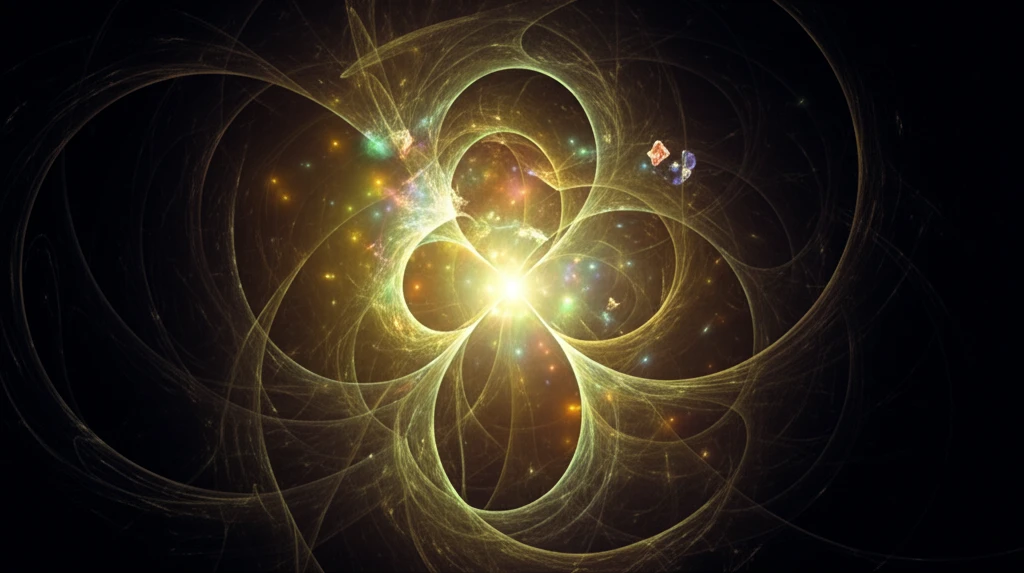
Unveiling the Secrets of Rare Kaon Decay: What It Means for the Universe
"Scientists have observed a rare particle decay that could help refine our understanding of fundamental physics and potentially reveal new forces at play."
The universe operates under a set of rules, governed by fundamental forces and particles. For decades, physicists have been piecing together these rules, building what's known as the Standard Model of particle physics. This model describes the known fundamental forces (electromagnetism, weak nuclear force, strong nuclear force) and classifies all known elementary particles.
One crucial method scientists use to test and refine the Standard Model is by observing rare particle decays. These decays, though infrequent, provide a unique window into the subtle interactions between particles. The rarer the decay, the more precisely it can test the Standard Model and potentially expose discrepancies that hint at new physics beyond our current understanding.
Recently, a team of scientists at CERN (the European Organization for Nuclear Research) announced the first-ever observation and study of a particularly rare decay: the K° → π°π°e+e- decay, which involves a neutral Kaon decaying into two neutral pions and an electron-positron pair. This discovery offers a valuable new perspective on the Standard Model and opens doors for future investigations into the fundamental laws of the universe.
Decoding the Kaon Decay: A Glimpse into Particle Physics

The research, conducted by the NA48/2 Collaboration at CERN, focused on analyzing data from 1.7 × 10¹¹ charged Kaon decays recorded in 2003-2004. After meticulous analysis, the team identified 4919 candidate events for the K° → π°π°e+e- decay with a background contamination of just 4.9%. This allowed them to confidently confirm the existence of this rare decay and measure its branching ratio—a measure of how often this specific decay occurs compared to other possible decays of the Kaon.
Looking Ahead: Unlocking More Secrets of the Universe
While this study provides valuable insights, it also highlights the need for even more data. As the NA62 experiment and other future experiments gather larger datasets, physicists will be able to conduct more detailed studies of this rare decay. This could lead to a more precise determination of the DE term contribution, as well as potential discoveries related to P-violating asymmetries and the strong phase interactions of pions, further refining our understanding of the fundamental forces governing the universe.
